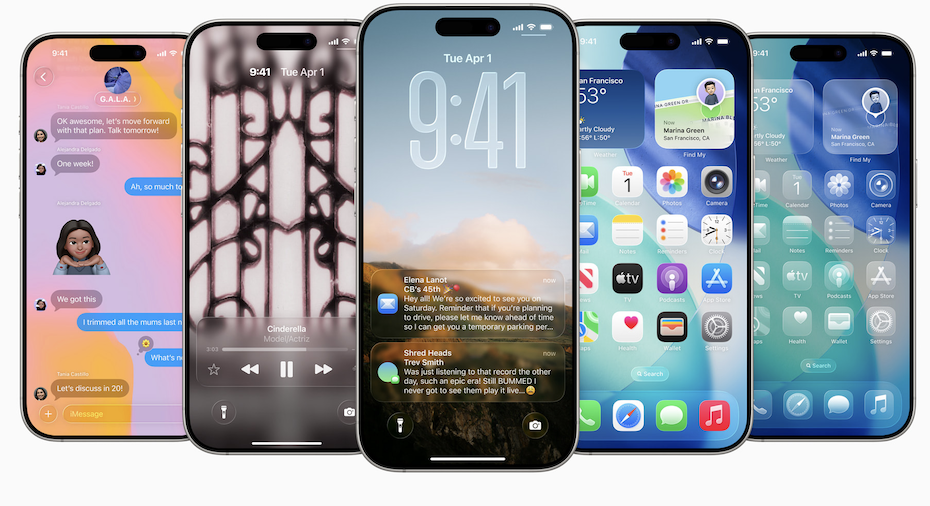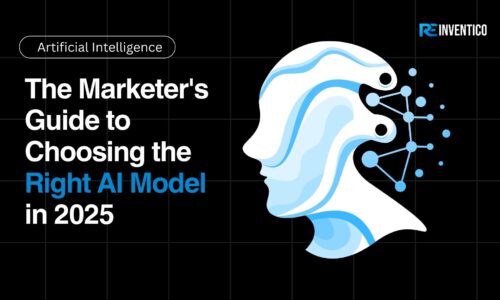Apple‘s Worldwide Developers Conference (WWDC) 2025 has just concluded, and while the keynote may not have delivered a jaw-dropping new hardware category, it showcased a profound evolution in Apple’s software philosophy. The underlying message was clear: a seamless, intuitive, and highly intelligent user experience, unified by a stunning new design language and powered by increasingly sophisticated on-device AI. This year’s WWDC wasn’t just about new features; it was about laying the groundwork for a more cohesive and contextually aware Apple ecosystem.
1. The “Liquid Glass” Redesign: More Than Just a Pretty Face
The most immediate and visually impactful announcement was the introduction of “Liquid Glass,” a comprehensive design language set to permeate every corner of Apple’s software. This isn’t just a superficial facelift; it’s a fundamental shift in how users interact with their devices.
- A Unified Aesthetic: Liquid Glass brings a consistent look and feel across iOS 26, iPadOS 26, macOS Tahoe 26, watchOS 26, and tvOS 26. This means more rounded corners, enhanced transparency, subtle reflections, and a sense of depth that makes app icons, buttons, and system elements appear almost tangible. It’s a visual language that aims to be both modern and familiar, reducing cognitive load as users transition between devices. The “lensing” effect, where elements reflect and refract their surroundings, and the “liquid” motion, where interfaces subtly squish and stretch, create a more dynamic and responsive feel.
- Inspired by VisionOS: While Vision Pro was a major announcement last year, its influence on the broader Apple ecosystem is becoming evident. The transparent, depth-rich UI of visionOS seems to be the direct inspiration for Liquid Glass, suggesting a long-term vision where all Apple interfaces share a common aesthetic foundation. This also hints at a future where spatial computing elements might become more integrated into our daily interactions with iPhones and Macs.
- Practicality and Personalization: Beyond aesthetics, Liquid Glass aims for practicality. The new design principles, as highlighted by Apple, emphasize adaptivity and dynamism. This means the UI can intelligently adjust to different lighting conditions and content, making for a more comfortable viewing experience. The enhanced personalization options, from customizable folder colors and emojis to more flexible menu bar layouts, empower users to truly make their devices their own.
2. Streamlined OS Naming: Clarity in a Complex Ecosystem
The shift to iOS 26, iPadOS 26, watchOS 26, and tvOS 26 (with macOS Tahoe 26 being the sole exception) is a welcome simplification. In a world of increasingly numerous devices and interlinked features, aligning the OS version number with the year of release provides much-needed clarity. This move signals Apple’s intent to make its ecosystem more accessible and understandable, especially for those who might not follow every single technical detail. It also subtly emphasizes the continuous, annual evolution of their platforms.
3. Apple Intelligence: Deeper, More Contextual, and On-Device
While Apple Intelligence made its debut last year, WWDC 2025 showcased a maturation of these capabilities. The focus here is on making AI smarter, more helpful, and deeply integrated into the user’s workflow, with a strong emphasis on on-device processing for privacy and speed.
- Breaking Language Barriers with Live Translation: This is a game-changer. The ability to have real-time text and audio translation in Messages, FaceTime, and the Phone app, all processed on-device, removes significant communication hurdles. Imagine effortless conversations with international colleagues or simply understanding a foreign language message without leaving the app. The “Hold Assist” feature for phone calls, leveraging live voicemail to screen unknown callers, is a practical application of AI that addresses a common pain point.
- Visual Intelligence Goes Beyond the Camera: Expanding Visual Intelligence to work with screenshots is incredibly powerful. This means you can now leverage AI to analyze any image on your screen – be it a social media post, a website, or a document – and ask contextual questions. From identifying products for shopping to automatically pulling event details from a flyer and adding them to your calendar, this feature transforms the way we interact with visual information on our devices.
- Personalized Productivity and Creativity: The upgrades to Genmoji and Image Playground further enhance creative expression, allowing for more nuanced and personalized AI-generated content. For productivity, the smarter Spotlight on macOS Tahoe 26 now goes beyond simple search, becoming a hub for actions. It learns user routines, suggests relevant actions, and integrates with app intents, effectively turning Spotlight into a powerful, AI-driven command center.
- Developer Access and Foundation Models: A crucial announcement for the developer community is the opening of Apple’s on-device AI models (Foundation Models) to third-party developers. This means a surge of new AI-powered features is likely coming to the App Store, as developers can now leverage Apple’s sophisticated, privacy-focused AI capabilities to enhance their own applications. The integration of ChatGPT into Xcode 26 further empowers developers with AI-assisted coding, bug fixing, and documentation generation, even allowing for the use of other AI models via APIs. This strategic move aims to foster an AI-driven innovation ecosystem within Apple’s platform.
4. OS-Specific Enhancements: Tailored for Every Device

While the overall theme is unification, each OS received significant updates tailored to its unique strengths:
- iOS 26: A More Refined iPhone Experience: The redesigned Camera and Phone apps with their simplified interfaces address long-standing user feedback. The new “Games” app is a smart move, providing a centralized hub for all gaming on Apple devices, complete with social features and cross-device functionality. Intelligent Battery Management, leveraging AI to learn user habits, is a practical benefit for everyday use. And the real-time language translation through AirPods is a testament to Apple’s vision of ambient, invisible technology.
- iPadOS 26: The Mac-iPad Convergence Continues: The new windowing system is a monumental step for iPadOS. The ability to freely resize and arrange app windows, alongside a new menu bar and Expose feature, significantly boosts the iPad’s multitasking capabilities. This is Apple’s clearest signal yet that the iPad is steadily evolving into a truly versatile computing device, blurring the lines between tablet and traditional computer. The inclusion of the macOS Preview app and a revamped Files app further solidifies this direction.
- macOS Tahoe 26: Seamless Continuity and Desktop Power: iPhone Mirroring is a fantastic addition, allowing users to fully control their iPhone from their Mac, including notifications and seamless drag-and-drop. This deepens the continuity experience, making the Mac the central hub for all Apple devices. The enhanced Spotlight, with its “quick keys” and AI-driven actions, makes macOS even more efficient for power users.
- watchOS 26 and tvOS 26: Smarter and More Immersive: The AI-powered Workout Buddy on watchOS 26 provides personalized fitness coaching and motivation, a significant upgrade for health and fitness tracking. The “Wrist Flick” gesture offers a subtle yet effective way to interact with the watch. For tvOS 26, the updated Apple TV+ interface, persistent AirPlay speaker assignments, and the introduction of Apple Music with live translation and beat-matching for karaoke hint at a richer, more interactive entertainment experience at home. The ability to use the iPhone as a handheld mic for karaoke on Apple TV is a fun, unexpected integration.
A Future of Integrated Intelligence and Elegant Design
WWDC 2025 may not have had a “one more thing” hardware reveal, but its impact on the Apple ecosystem is profound. The “Liquid Glass” design signals a new era of visual consistency and elegance, making our interactions with Apple devices more intuitive and delightful. More importantly, the deeper, more contextual integration of Apple Intelligence across all platforms, with a strong emphasis on on-device processing and developer access, points towards a future where our devices are not just tools, but intelligent, personalized assistants that anticipate our needs and simplify our lives.
As these updates roll out to the public later this year, users can expect a noticeably refreshed and remarkably smarter Apple experience, bridging the gap between our physical and digital worlds with unprecedented fluidity. The stage is set for a truly intelligent and beautifully designed ecosystem.





